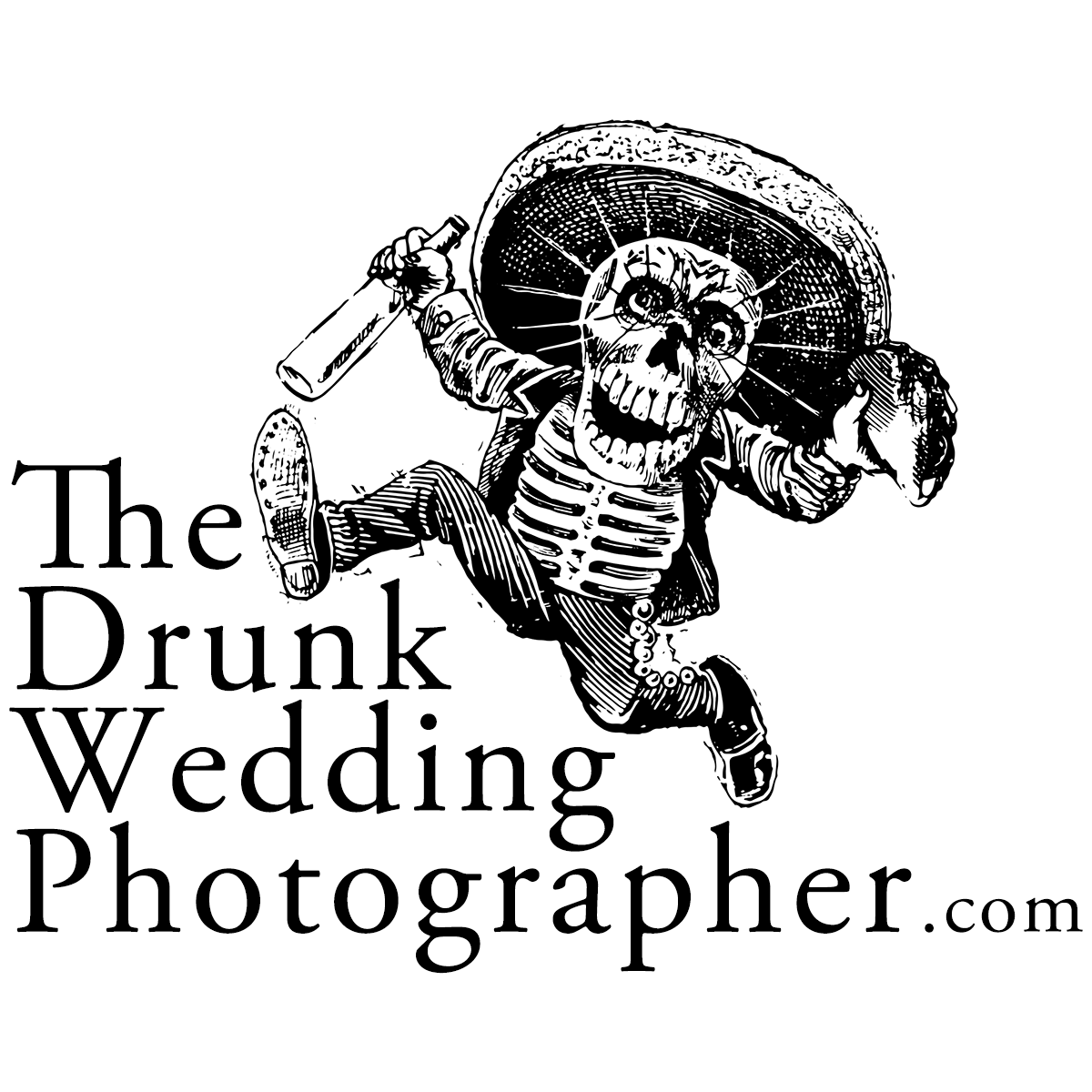History of Day of the Dead
When Did Day of the Dead Start? The Origin of El Día de los Muertos
You'd be surprised to learn that the origin of the Day of the Dead is a bit of a mystery, rooted in a blend of both Catholic and pre-Hispanic Mesoamerican pagan beliefs. Indigenous communities once crafted human-shaped figures from amaranth dough, decorating them with prickly pear juice to symbolize blood and represent those who had crossed over into Mictlan, the Aztec underworld.
Now, that's what we're told — but I'm of the belief they used real blood. Why? Because when the Conquistadors arrived, they were horrified by these pagan blood rituals practiced by the native peoples of Tenochtitlán, the Aztec capital — now Mexico City. And in their effort to assimilate these practices into Catholicism, the Conquistadors strategically aligned this pagan festival — originally celebrated in August — with the Catholic holidays of All Saints' Day and All Souls' Day at the beginning of November.
The Catholic History and Origins of Day of the Dead
The practice of praying for the deceased has been part of Christian customs since the second century, when it was common to visit the tombs of Christian martyrs. By the fifth century, the Church designated a specific day each year to pray for all the forgotten souls of the dead. This tradition evolved over time, and in the ninth century, monasteries began dedicating a day of prayer for their deceased.
By A.D. 732, Pope Gregory III dedicated a chapel in St. Peter's Basilica to all the saints, establishing what would become All Saints' Day. Later, in A.D. 998, Abbot Odilo of Cluny — a Benedictine monastery in France — formally established All Souls' Day on November 2nd as a time to honor and remember the departed souls. The influence of Catholicism on El Día de los Muertos is evident in the fusion of pre-Hispanic beliefs with Catholic rituals. Over time, these ancient indigenous practices and Catholic customs intertwined, creating a unique cultural celebration that honors the deceased while embracing the idea of life beyond death.
The Birth of El Día de los Muertos in the New World
In ancient Mexico, a month-long festival dedicated to Mictlantecuhtli, the Lord of the Land of the Dead, was celebrated each August, the ninth month of the Aztec calendar. This festival included early versions of pan de muerto, a special bread now associated with the Day of the Dead. However, after the conquest of the New World, this celebration became intertwined with the Allhallowtide, a three-day Christian observance consisting of All Hallows' Eve, All Saints' Day, and All Souls' Day, observed from October 31st to November 2nd.
All Saints' Day — falling on November 1st, the day after Halloween, is a significant feast day in Christianity. It honors all the saints and martyrs, known and unknown, throughout Christian history. This day shares similarities with the Celtic holiday of Samhain and the Roman festival of Lemuria.
All Souls' Day — observed on November 2nd, is known as the Day of the Faithful Departed. It is a day of prayer during which people ask God to welcome the souls of the deceased as they begin their final journey to eternal life. Many attend Mass and visit the graves of loved ones on this day.
In 1915, amid the devastation of World War I, Pope Benedict XV granted all priests the privilege of celebrating three Masses on All Souls' Day — a custom previously reserved for Spain, Portugal, and Latin America. Over time, All Saints' Day and All Souls' Day have often merged in practice and are celebrated together as part of El Día de los Muertos. This unique cultural fusion combines ancient indigenous traditions with Catholic rituals, creating a vibrant and meaningful celebration to honor and remember the departed.










Tracing the Day of the Dead from Aztec rituals to modern Catholic influence.